While working at a science museum, I once observed a mother, toting a daughter past exhibits on dinosaurs, oceans and machines, approach an employee.
“Where is the stuff for girls?” she asked.
It’s a question that would ruffle the feathers of any female archaeologist, marine biologist or engineer. But it’s also a question deeply rooted in our cultural stereotype that mathematics and the sciences are not “girl stuff.”
And it’s a question that doesn’t seem to go away.
Palie Cantu has been teaching middle school math at Forest Ridge, an all-girls Catholic school in Bellevue, WA, for 18 years. Carly Reiter just started teaching middle school science at the Seattle Girls School. Both began their teaching careers in coed classrooms and see significant differences.
“It’s easy to just call on the boys,” Cantu remembers from her years teaching in a coed school. “They are the ones with their hands up. The girls really are wanting to hide and not really wanting to take risks.”
Today, her female students tell her they’re not as afraid to get help or ask questions as they were when they shared a classroom with boys.
Reiter has similar observations. “Girls are naturally more hesitant to jump into crazy experiments,” she says. In fact, Reiter thinks girls’ tendencies to organize their thoughts on paper and be comfortable drawing observations make them “naturally more scientific.”
Reiter was excited to see that scientific nature come out when she took her teaching position at the girls’ school this year. She began teaching with a “worm lab,” and the girls jumped right in. “In my coed classes, the girls really played into the ‘I’m scared of worms!’ stereotype and let the boys do a lot of the work,” she says. Even then, Reiter preferred to create single-gender groups, noticing that when she did, the girls would engage in the experiments much faster.
A report published by the American Association of University Women (AAUW) in 2010, titled “Why So Few?”, discusses what’s called “stereotype threat,” an idea first described in the ’90s that shows how performance can be hindered by negative stereotypes.
For example, one study divided male and female college students with similar math abilities into two rooms of mixed genders to take a test. The first room was told that men performed better than women on the test; the second room was told there was no difference. The effect was astounding: Female students in the first room performed much worse than their male counterparts. The scores of both genders in the second room were similar to each other and more consistent with the students’ abilities.
According to the AAUW report, hundreds of studies have verified the negative impact of stereotypes. And it doesn’t take much for the effect to surface: Simply asking respondents their gender or putting them in testing rooms where males outnumber the females triggers the threat.
Math and science stereotyping starts early. According to a 2011 study by I-LABS (Institute for Learning and Brain Sciences) researchers at the University of Washington, elementary school students already identify math as something boys do. Researchers showed that even when issues with self-esteem are removed, students as young as first graders connect “math” with “boys.”
Girls who don’t want to fight the stereotype often turn away from math and science. That’s what Reitha Weeks, Ph.D., did. Despite being co-valedictorian in high school, she was convinced that she wasn’t “smart enough to do science,” she says. It wasn’t until after college that she pursued a doctorate in genetics and embarked on a 13-year biotech career.
Weeks now focuses on science education at the Northwest Association for Biomedical Research, and also serves on the board of the Seattle Association for Women in Science. She says that having young female role models is vital for girls to be able to see themselves as scientists.
Parents can be role models too. “Never, ever say in front of your child, ‘I can’t do math,’” says Weeks. “Encourage math and science inquiry. Try to think about how things work and ask questions, have interesting discussions, and go out and find the answers.”
Stacey Ohrs is the executive director of Expanding Your Horizons, an organization based in California that introduces women to science and math careers through national and international conferences. Ohrs wants to teach girls that high-tech careers are within reach. “Girls don’t have to be perfect in science class; they just have to like it and be willing to work through the issues and develop the intellectual skills.”
Weeks agrees. “Math is not always easy, but our kids give up too easily. Math takes doing homework and doing problems. It’s too much of a cop-out to say, ‘I can’t do it because I’m a girl.’”
It’s also important for girls to know that the hard work doesn’t have to be lonely. “Girls often think chemists work on their own,” says Ohrs, whose conferences show girls how collaborative science careers really are. That would excite math teacher Cantu, whose lessons involve a lot of group work. “Girls are very relational in their learning. The emotional part of their brain is always operating.”
Photos: Betsy Erickson, Essence Photography, http://www.essencephotog.com
Science Resources
(A Few Favorites Known to Inspire Children)
[wpcol_1half]
Books
11 Experiments That Failed
Author: Jenny Offill
Illustrator: Nancy Carpenter
Ages 4 & up. Introduces the scientific method in a way that is engaging and fun as a young girl thinks of wonderful (and quirky) hypotheses and tests them out. A humorous read, a great role model, and an accurate depiction of the scientific method at work. Numerous parents report that their kids began conducting their own experiments immediately after reading this book.
The Magic School Bus Inside the Human Body
Author: Joanna Cole
Illustrator: Bruce Degen
Ages 6 & up. The whacky and wonderful classroom teacher, Ms. Frizzle, shepherds her reluctant students on an unusual “field trip.” After teaching her class about the human body and a visit to a science museum, Mrs. Frizzle shrinks the bus and the class – except for Arnold, who accidentally swallows them and starts the class on a journey through the human body (Arnold’s!).
Science Verse
Author: Jon Sciescka
Illustrator: Lane Smith
Ages 7 & up. This is a sometimes icky, sometimes puzzling, and always funny book of poems about science that young readers love. Covers a variety of chemical, biological and physical sciences; introduces children to common terms.
Hoot
Author: Carl Hiaasen
Ages 10 & up. The heroes are kids who save an endangered burrowing owl family living on a site designated for new commercial construction. It’s a great read peppered with humor, mystery and quirky characters, and is a good introduction to environmental science and its practical applications. The storyline also deals with the issue of bullying.
The Sweetness at the Bottom of the Pie
Author: Alan Bradley
Ages 12 & up. In this award-winning series starter, the main character, Flavia de Luce, is a wonderfully spunky 11-year-old girl who is passionate about chemistry. She uses her knowledge to solve the mystery of a man found dead in her own yard … and to torment her older sisters.
Music & Associated Resources
Look for additional educational CDs from both artists listed below.
Only One Ocean (CD)
Artist: Banana Slug String Band
This award-winning children’s release (Jan ‘11), features 14 catchy songs (in a variety of genres) that inspire kids and their families to learn about and care for the ocean and its inhabitants. A collaboration between “The Slugs” and five educational science organizations, songs are based on the Ocean Literacy Network’s educational framework for grades K-12 (http://www.tinyurl.com/OLK-12); the band’s low-tech website offers varied lesson plans in its educator’s section at http://www.bananaslugstringband.com.
Here Comes Science (CD+DVD)
Artist: They Might Be Giants
This CD/DVD set offers something for every grade level. Children have fun learning about a wide variety of life sciences that are featured in 19 songs and their accompanying entertaining videos, including “Elements,” “Electric Car,” “Photosynthesis,” “I Am a Paleontologist” and “Solid Liquid Gas.”
[/wpcol_1half]
[wpcol_1half_end]
Local Science Resources
For information about science-based resources in Upper CA, visit the “Science and Nature” resource section at http://www.northstateparent.com/familyresources. Categories include geology, wildlife, astronomy, spelunking and more. Many of the organizations found in our resource pages offer science-based field trip opportunities, school events, summer camps, and volunteer opportunities, all of which teach and inspire.
Local Ongoing Science-Based Activities
Butte County
Chico Science Fair 2012
Registration for exhibits ends March 16. The Fair is held April 2-5.
Last year over 700 Chico students registered science projects at the fair. Chico students (K-12) may register now for the upcoming event, and everyone is invited to come enjoy an impressive array of interesting science projects and hands-on learning fun. Location: Silver Dollar Fairgrounds in Chico. Info: http://www.ecst.csuchico.edu/csf
Environmental Workshops For Preschoolers
Monthly workshops. Designed to introduce young children to nature through games, crafts, discussions and observation. A fun way for children and adults to learn about nature together. Ages: 3-5. Location: Chico Creek Nature Center, 1968 East 8th St., Chico. Contact: bidwellpark.org; (530) 891-4671.
Science Experiments & Zoology Classes For Preschoolers
Weekly classes. Designed for young children & their parents. Offers experiential fun with hands-on science experiments, and an introduction to the five vertebrate families. Ages: 3-5 years. Location: Sunny Garden Montessori, 2801 Godman Ave., Chico. Contact: http://www.sunnygardenmontessori.com; (530) 343-3101.
Shasta and Tehama Counties
Science Saturdays
Monthly activities. Features interesting hands-on learning stations, demos & guest experts. Includes something for both children and adults.Ages: All ages! Location: Turtle Bay Exploration Park, 840 Sundial Bridge Dr., Redding. Contact: http://www.turtlebay.org; (530) 243-8850.
Shasta Roots and Shoots Outings
Monthly outings year-round. In this environmental and humanitarian youth program of the Jane Goodall Institute, learn about nature mapping, how to survey wildlife, how GPS is used for projects, and more. Location: Outdoor events in Shasta and Tehama County locations. Ages: Preschool-college. Info: shastarootsnshoots.com; (530) 347-1687.
Siskiyou County
Coming March 4th: Let’s Go Science Show
An unusual way to learn about the principals of physics. The wacky and talented Professor Smart and Dr. Know-it-all join forces for an educational, entertaining and experiential extravaganza. 4pm. $12-20. Location: COS Kenneth W. Ford Theater, 800 College Ave., Weed. Info: Check North State Parent’s Upcoming March events calendar, or call (530) 938-5373.
[/wpcol_1half_end]
Posted in: Education
Comment Policy: All viewpoints are welcome, but comments should remain relevant. Personal attacks, profanity, and aggressive behavior are not allowed. No spam, advertising, or promoting of products/services. Please, only use your real name and limit the amount of links submitted in your comment.
Trackbacks
Leave a Reply
You Might Also Like...
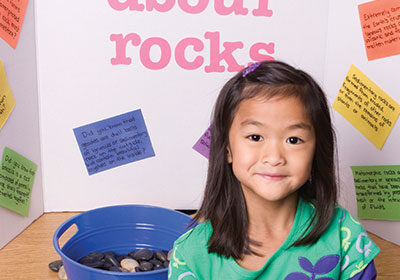
Projectile Homework
Not “flu shots.” Not “chore chart.” Not even “Grandpa’s sauerkraut.” No, the two words that most set my family moaning are these: Class project. It happens a few times a […]
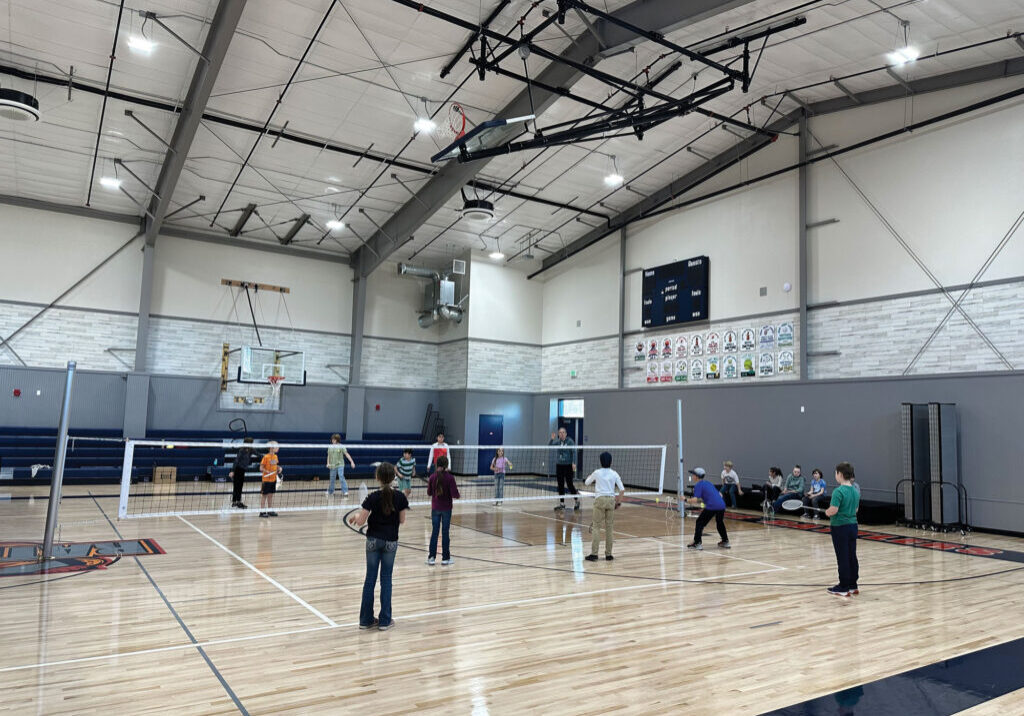
Changes in North State Schools Have a Positive Impact on Students and Community
There have been significant changes to several schools in the North State over the past year, and a few have more to come. From campus expansions to technological improvements, local […]
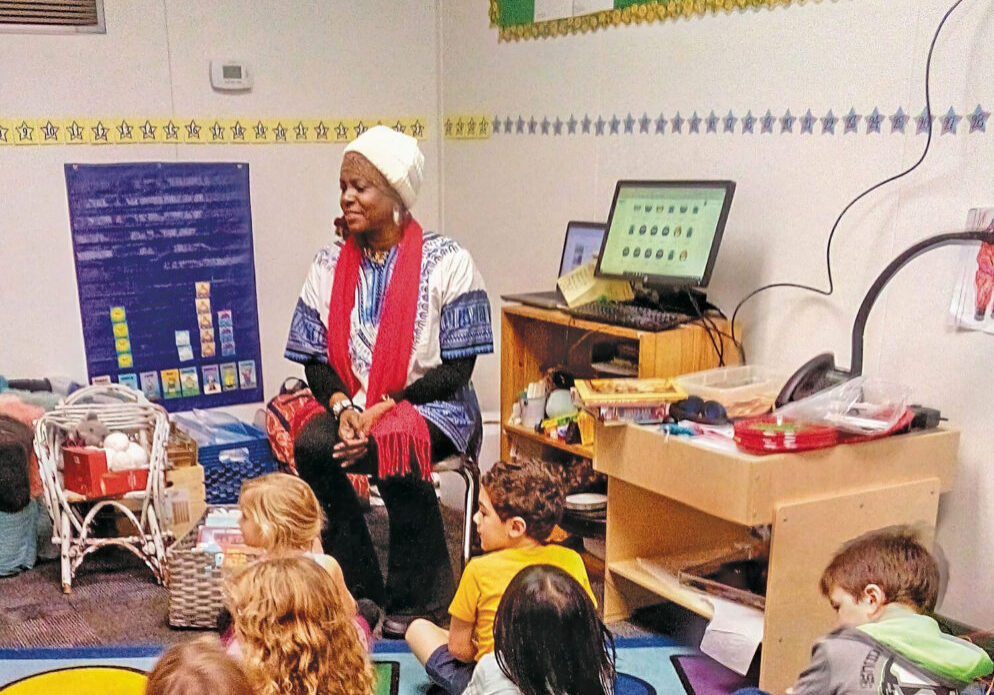
Amma Culture Teaches African History
Amma Culture in Chico – An African-Inspired Educational Resource “Being born in a community where we are traditionally less than 2% of the population, I was often the only black […]
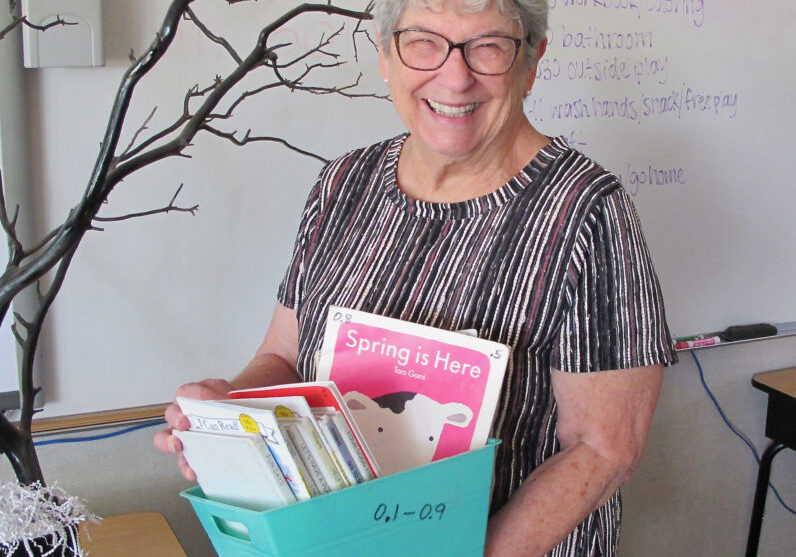
Beverly Belk – A teacher who cares — “What I was put on earth to do”
“A teacher who cares would teach under one of those shade trees if that’s all there were,” Beverly Belk remembers her master teacher saying. Over her 60-year teaching career, Beverly […]


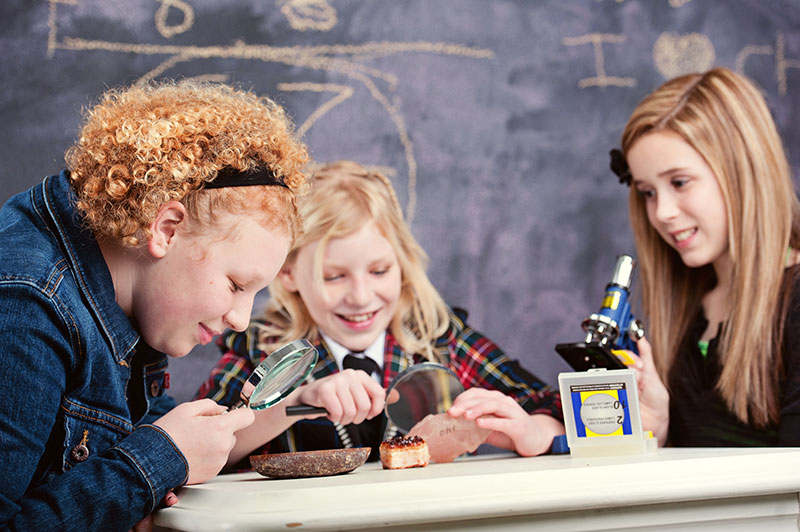
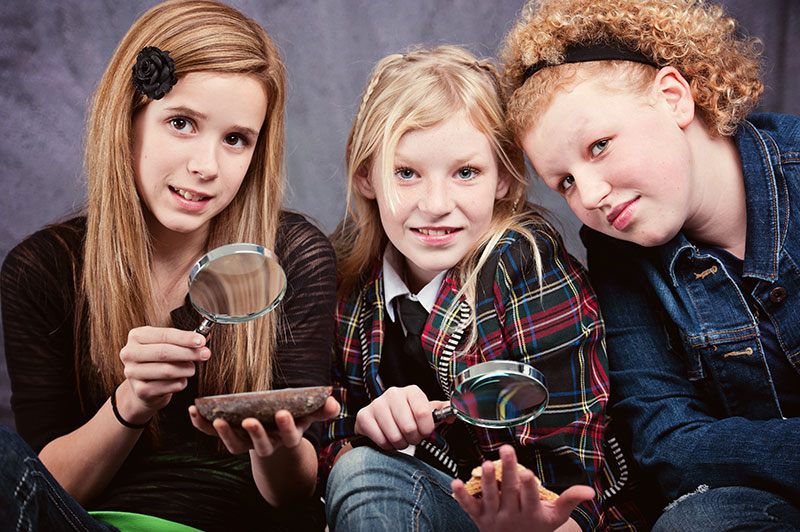
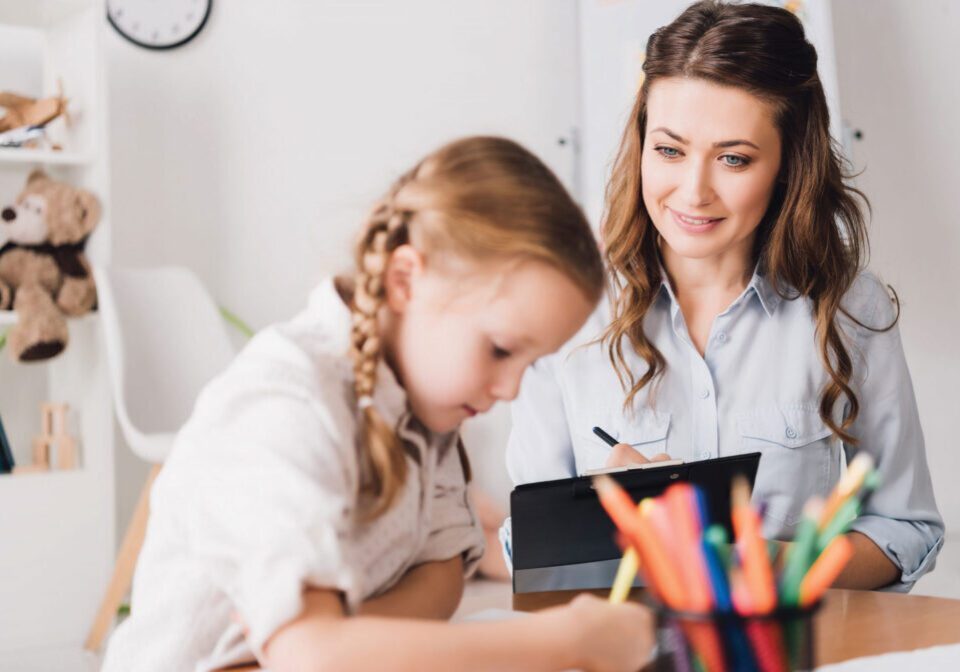
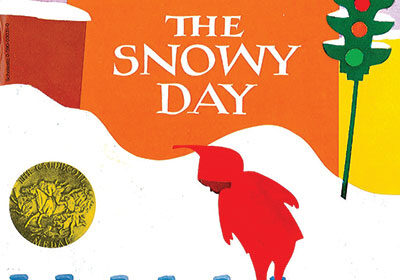
[…] Why are girls in America still falling behind in the sciences and choosing scientific careers so muc… I look at some of these issues in an article published recently in Northstate Parent. […]